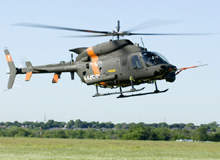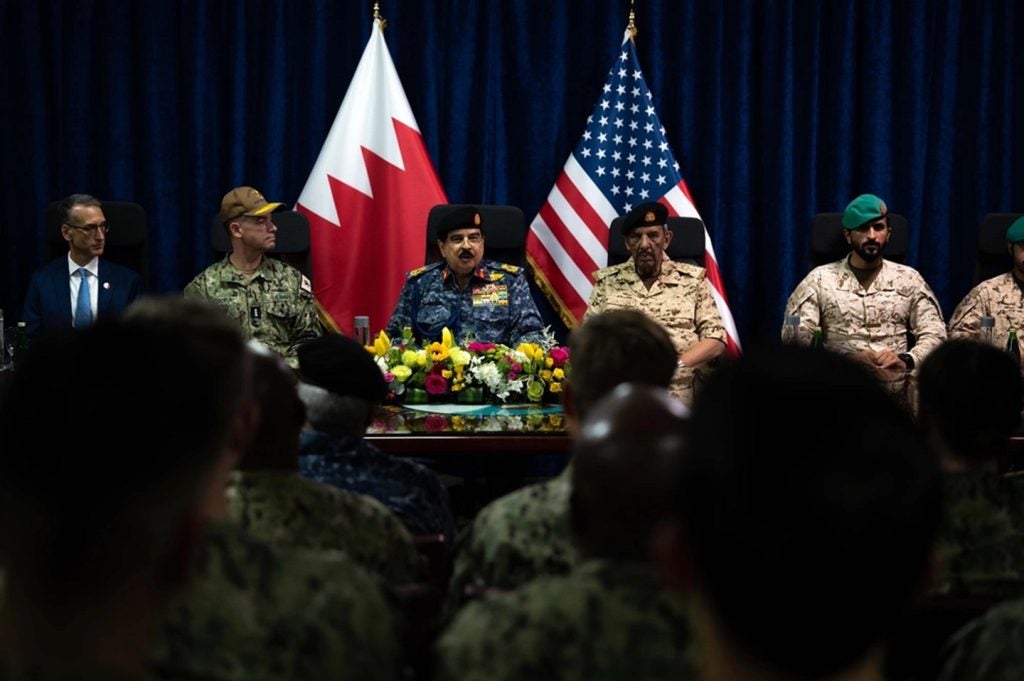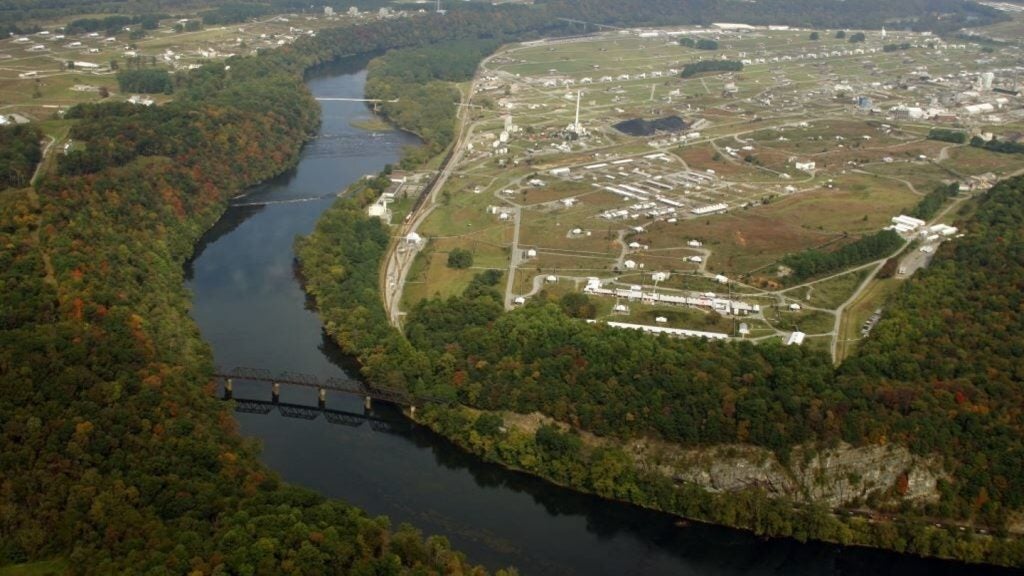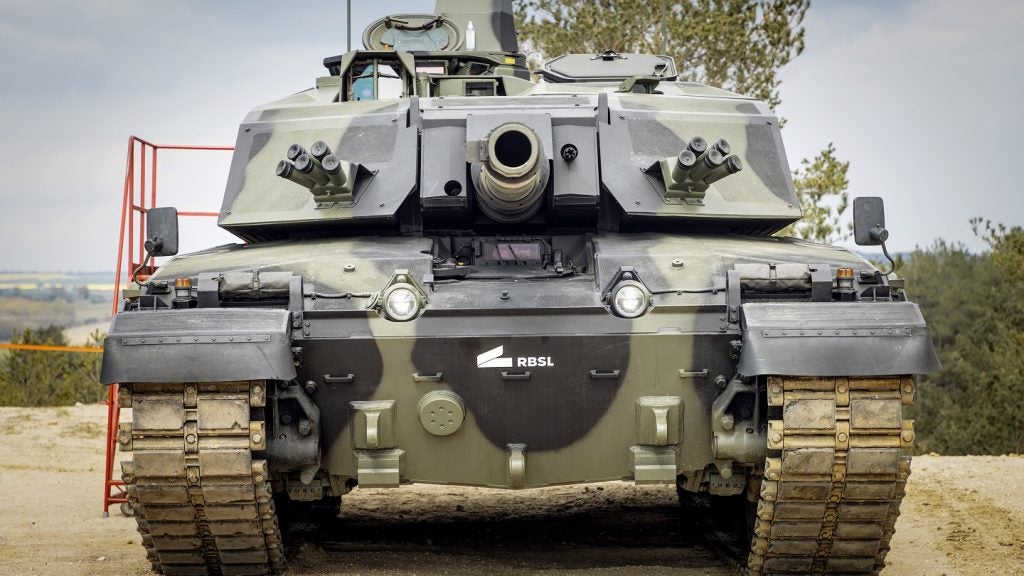
The French diplomat Charles Maurice de Talleyrand famously said of the Bourbon kings: “They have learned nothing and forgotten nothing.” Judging by the evolution of the ARH-70 armed reconnaissance helicopter, known as the Arapaho, the US Army has ceded responsibility for aviation procurement to the descendants of French royalty.
In September 2008, congress voted to trim the Pentagon’s Arapaho request by 16 aircraft and $161m for the 2009 financial year. By not killing the programme outright, congress continued to accept unit cost escalation in its co-dependent relationship with the Pentagon. The US Army wanted 28 aircraft for $359m, a $12.8m unit cost. Congress approved $198m to buy 12 aircraft at a unit cost of $16.5m.
Congress had reason to sharpen the axe. In July, the army told congress that the Arapaho had exceeded the 25% cost growth limit imposed by the Nunn-McCurdy statute, a 1982 law aimed at Reagan-era weapons inflation. After a compulsory 60-day review, the army stuck with the Arapaho, stating that there was no suitable replacement.
The programme’s failure to control costs is undeniable. In July it was indicated that the Arapaho had risen 43% from its 2005 baseline cost. By a less generous calculation, the programme’s current all-in cost is now $6.4bn for the full request of 520 aircraft, instead of the original $3.6bn. The implied unit cost increase from $6.9m to $12.3m represents a 75% overrun.
Predictably, the major players in this tragicomedy blame each other. According to the contractor, Textron‘s Bell Helicopter subsidiary, the army caused the overruns by continually changing the rules and adding requirements. Conversely, the army’s programme managers feel strongly that Bell failed to perform. The Pentagon’s senior leadership apparently is sympathetic to Bell.
See Also:
The Arapaho blow-up continues a long tradition of army scout helicopter procurement problems. The development history of the Arapaho’s predecessor, the RAH-66 Comanche, was a more protracted fiasco, and even the original Kiowa programme had a prolonged gestation.
How well do you really know your competitors?
Access the most comprehensive Company Profiles on the market, powered by GlobalData. Save hours of research. Gain competitive edge.

Thank you!
Your download email will arrive shortly
Not ready to buy yet? Download a free sample
We are confident about the unique quality of our Company Profiles. However, we want you to make the most beneficial decision for your business, so we offer a free sample that you can download by submitting the below form
By GlobalDataThe situation is particularly ironic because the Arapaho’s guiding development principles supposedly incorporated the key lessons of the Comanche’s failure. Critically, the Arapaho was to be built quickly and cheaply using commercial off-the-shelf (COTS) technology. Though like most silver bullets, COTS did not deliver the promised time and cost savings – as an accurate assessment of the Comanche failure would have indicated.
Comanche’s future is never
The Comanche programme took two decades, cost $8bn, and produced zero operational helicopters. Institutional problems doomed the Comanche programme before it ever reached the shop floor.
To begin with, the US Army never really accepted the Kiowa, even after the armed Warrior variant arrived in 1985.
As it had in the 1970s, the force wanted the full advanced scout helicopter (ASH) concept, and by 1982, it had the political support necessary to start the light helicopter experimental (LHX) project.
LHX promoters initially envisioned a single-pilot, lightweight, low-cost helicopter platform with scout, utility and attack variants that would replace the Kiowa generation.
By 1988, however, the LHX had morphed into an armed reconnaissance platform that combined the scout and attack roles. Rechristened the RAH-66 Comanche, the helicopter would now require two crewmen, more equipment, a larger engine, as well as higher unit and operating costs.
Ironically, the Apache attack helicopter had become operational in 1983, five years previously. The Apache was the natural complement to the Kiowa under the original force concept, which split the scouting and attacking roles in part because they implied substantially different airframes. However, the sticking point was that this division imposes some delay on the engagement cycle, and the army wanted the ability to attack opportunistically.
But multirole platforms encounter the ‘all-in-one’ problem familiar to anyone who has ever bought a phone / fax / scanner / copier: the more jobs a machine does, the less well it does any of them. Culturally, ‘less well’ was never an option for the US army, which wanted a helicopter that was substantially better than the Kiowa.
The Comanche thus raised the bar for all four original requirements of the ASH programme (weapons, avionics, stealth and engine). For example, to enhance stealth, Comanche featured retractable weapons stations that would reduce radar signature. The Comanche also added requirements, such as a ferry range of 1,260nm that would permit inter-theatre mobility. Finally, the Comanche demanded seamless integration in an airframe that was supposed to be a third lighter and smaller than the Apache’s.
The Comanche compromise
By 1989, the Cold War threat that was the Comanche’s raison d’être had dissipated. Eager to reap the ‘peace dividend’, congress wanted to terminate the Comanche, much to the dismay of the army, which like all institutions was never keen on returning allocated funds. In February 1992, a restructuring of the Comanche programme was agreed. But unfortunately, the R&D phase was extended with no acquisition commitment, or even a timetable for a procurement decision. This political compromise saddled the American taxpayer with the worst of both worlds.
The Comanche subsequently absorbed several funding reductions and restructurings resulting in a workflow turbulence that created gross inefficiencies. For example, engineers tested individual subsystems but then had to delay or forego larger systems tests, which were crucial given Comanche’s integration challenges.
The final nail in the coffin was the rapid advancement of military technology during this period. The combination of low funding and fast progress was lethal in a culture that was predisposed to ‘gold plating’: funding was high enough to keep the programme alive, but not high enough to actually digest each incremental advance before the next one came along.
The Comanche, like a corrupted operating system, sank into a cycle of perpetual rebooting.
By 1999, mounting frustration on all sides spurred an attempt by the Pentagon to accelerate key elements of the programme. Rather optimistically, the programme was also supposed to stay within funding constraints.
The army was supposed to achieve this through cultural reform of the development process. But some reforms were essentially old ‘best practices’ dressed up in new jargon. For example, ‘alpha contracting’ emphasised minimising bureaucratic drag on actual engineering work. More usefully, the agreement also mandated integrated product teams.
Nevertheless, the result demonstrated an inability and/or unwillingness to reform the acquisition process on the fly. By 2002, the original first-prototype date, the delivery timeframe had doubled, and full production would still not have occurred before 2010.
By 2004, events overtook the Comanche programme. The army had become enamoured of future combat systems, which itself was rising in cost. The advantages of UAV technology were becoming more apparent with actual combat feedback from Iraq and Afghanistan. Most critically, the US needed money to fight these wars.
In announcing the Comanche’s cancellation that year, the Army’s military and civilian leaders stated that the money thereby released would fund UAV development as well as Apache modernisation. In the latest force concept, the Block III Apache will be what Comanche would have been in the future combat systems scheme. Had LHX / Comanche never existed, the army would still have ended up where it is now.
Arapaho’s other extreme
Old habits die hard, however, especially in the military. In December 2004, just months after the Comanche’s demise, the army issued a new request for proposal (RFP) for an armed recon helicopter, essentially putting the old ASH / LHX wine into another new procurement bottle.
In order to avoid the schedule and cost blow-ups that burned the Comanche, it was planned to rigorously maximise the use of COTS technology. The appeal of this was obvious – already developed off-the-shelf technology requires no R&D time, and with the production stream defined (and in some cases operative) manufacturing economies restrain costs.
Pressing its inherent advantage under COTS, Bell proposed a militarised version of the Bell 407, with a more powerful Honeywell engine and the Bell 427 tail assembly. The Bell templates would enable the army to use its existing Kiowa supply chain, an advantage that Bell’s competition, Boeing, couldn’t offer. In July 2005, Bell won a 368-unit order to replace existing Kiowas.
The RFP’s original timetable envisioned 30 combat helicopters and eight trainers by the end of 2008, implying the traditional two-year prototyping phase.
The first prototype actually flew in 2006, but in February 2007, the fourth prototype lost power during its maiden flight.
Investigations uncovered integration problems analogous to those that bedevilled the Comanche, and after development cost estimates rose from $210m to over $300m, the army suspended work for two months. However, its continued commitment to COTS predisposed it to stick with Bell after the latter promised managerial changes (reminiscent of the 2000 attempt to fix the Comanche).
Not surprisingly, these changes didn’t work, and in some respects, exacerbated the problem. In trying to avoid the drawn-out Comanche cycle, the army and Bell accelerated development, with double ten-hour shifts at Bell’s Fort Worth facility. Overtime, of course, boosts labour costs, and accelerated schedules usually impose other expenses such as rush delivery costs from upstream. The actual Nunn-McCurdy violation event was almost a foregone conclusion.
Do the right thing, then do the thing right
Three major themes emerge from the Arapaho saga:
The army evidently perceived the Comanche fiasco to be a result of MIFS: a military-only, invent-from-scratch mindset that represents the opposite of COTS. This interpretation, however, puts the cart before the horse. The Comanche exemplified MIFS because the army wanted a multirole system that pushed the envelope in every direction. Gold plating was inevitable with such an advanced concept and design drove implementation, not vice versa.
Moreover, the army oversold COTS to itself, and consequently to the Pentagon and congress. The key challenge with most advanced weapons systems is integration, as the Comanche had previously demonstrated. Significantly, Bell got the first Arapaho prototype airborne in a year and under budget but evidently without solving the integration problems that forced the fourth prototype down months later. If the devil is in the integration, then front-end COTS procurement cannot be a panacea.
Finally, the recriminations over requirement changes versus poor execution suggest that the temptation to build and design at the same time crosses service lines. In January 2006, Lt. Col. Neil Thurgood, the Arapaho’s programme manager stated, “It’s the user from the start that’s designing this aircraft.” Thurgood then announced that the number of army aviators (customers) working on the project would increase from six to double digits. Did the army escalate its design participation throughout development, as Bell officials later charged? Integrating personnel in development teams can be helpful, but to extrapolate from that to integrated design phases is sadly misguided.
The most encouraging part of the Arapaho’s third act is the salutary effect of fixed-price contracts and accounting tripwires such as Nunn-McCurdy in exposing problems sooner rather than later. Still, the inability of congress to pull the plug can only discourage the army from learning, or at least forgetting.






